Cats have always held a special place in our hearts and homes. These enigmatic creatures, with their graceful agility and independent spirit, have been companions to humans for thousands of years. From the ancient Egyptians who revered them as sacred beings to the modern-day cat enthusiasts who can’t get enough of their feline friends, cats continue to captivate our imaginations. In this article, we will explore the many facets of cats, from their history and behavior to their unique traits and the joy they bring to our lives. So, grab a cup of tea, get comfortable, and let’s embark on this delightful journey into the world of cats.
The Mysterious Origins of Domestic Cats
Cats have an intriguing history that dates back thousands of years. It is believed that cats were first domesticated in the Near East around 9,000 years ago. These early domestic cats were likely attracted to human settlements by the abundance of food, such as rodents and grain. Over time, humans began to appreciate the cats’ ability to control pests and formed a mutually beneficial relationship.
The ancient Egyptians were among the first to truly embrace cats, and they held them in high regard. Cats were associated with the goddess Bastet, who was the deity of home, fertility, and domestic life. Killing a cat, even by accident, was considered a grave offense and was punishable by death. This reverence for cats spread throughout the ancient world, and they became symbols of protection and good fortune.
The Many Breeds of Cats
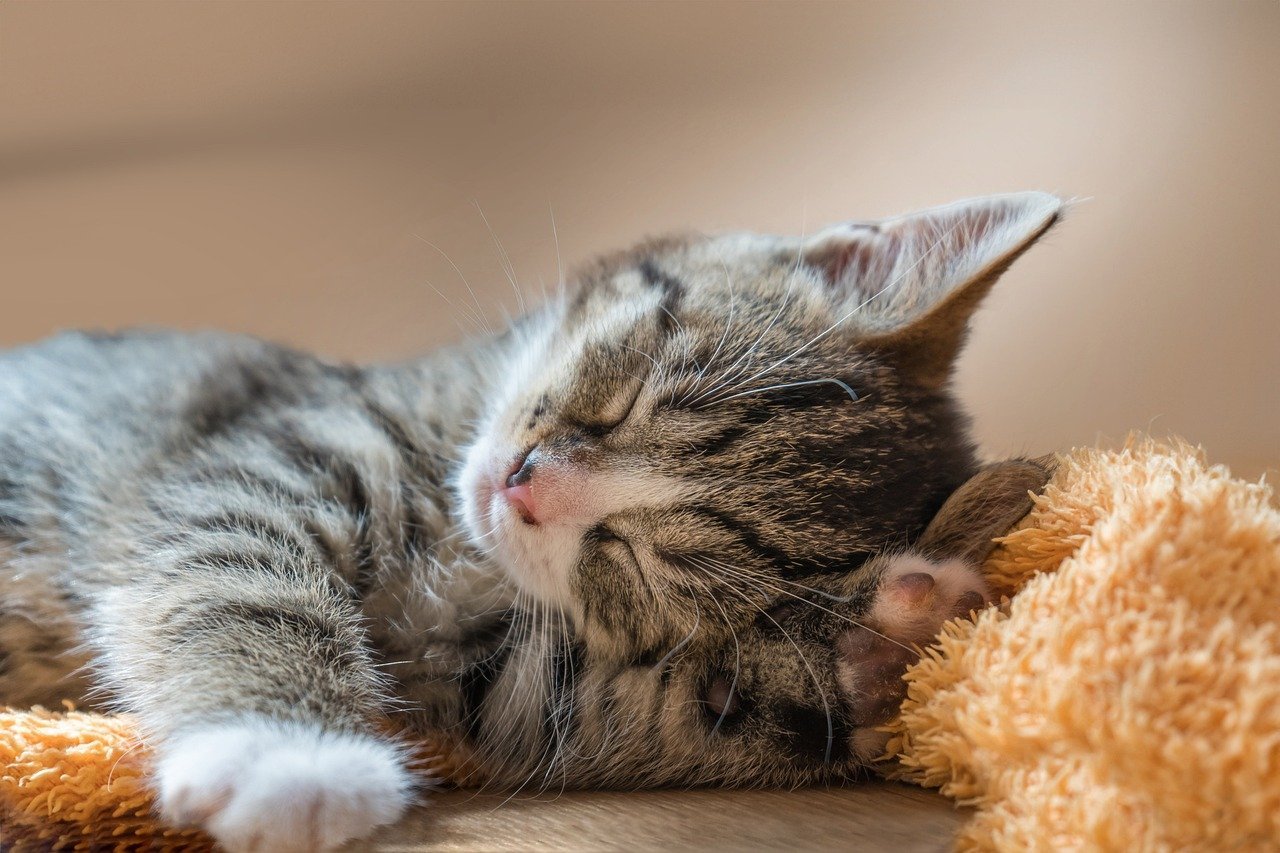
There are more than 70 different breeds of cats, each with its own unique characteristics and traits. From the sleek and elegant Siamese to the fluffy and gentle Maine Coon, there is a cat breed to suit every personality and lifestyle. Some breeds are known for their playful and energetic nature, while others are more laid-back and affectionate.
For example, the Persian cat is known for its luxurious long fur and calm demeanor, making it a favorite among those who enjoy a more relaxed companion. On the other hand, the Bengal cat, with its striking coat and high energy levels, is perfect for those who love an active and playful pet. Whether you’re looking for a lap cat or a feline adventurer, the diverse world of cat breeds offers something for everyone.
The Language of Cats: Understanding Feline Communication
Cats have a unique way of communicating with humans and other animals. Unlike dogs, who rely heavily on vocalizations, cats use a combination of body language, vocalizations, and scent to convey their feelings and intentions. Understanding these subtle cues can help you build a stronger bond with your feline friend.
One of the most common ways cats communicate is through their body language. A cat’s tail, for example, can tell you a lot about its mood. A relaxed, gently swaying tail indicates a content and happy cat, while a puffed-up tail is a sign of fear or aggression. Additionally, a slow blink from a cat is often considered a sign of trust and affection.
Cats also communicate through vocalizations, such as meowing, purring, and hissing. While each cat has its own unique “voice,” these sounds generally have specific meanings. Meowing is often used to get attention or express a need, while purring is typically associated with contentment. Hissing, on the other hand, is a clear sign that a cat is feeling threatened or uncomfortable.
The Playful Nature of Cats
Play is an essential part of a cat’s life, and it serves several important purposes. For kittens, play is a crucial part of their development, helping them learn important skills like hunting, stalking, and pouncing. For adult cats, play provides much-needed mental and physical stimulation and helps prevent boredom and stress.
Engaging in play with your cat can also strengthen the bond between you and your feline friend. Interactive toys, such as feather wands and laser pointers, can provide hours of entertainment and help satisfy your cat’s natural hunting instincts. Additionally, providing a variety of toys and activities can help keep your cat engaged and prevent destructive behaviors.
The Importance of Grooming in Cats
Grooming is an essential part of a cat’s daily routine, and it serves several important functions. Cats are known for their cleanliness, and they spend a significant amount of time grooming themselves to maintain their coats and remove dirt and debris. Grooming also helps regulate a cat’s body temperature and distributes natural oils throughout their fur, keeping it healthy and shiny.
In addition to self-grooming, many cats enjoy being groomed by their human companions. Regular brushing can help reduce shedding and prevent matting, especially in long-haired breeds. It also provides an opportunity to check for any skin issues or parasites and can be a soothing and bonding experience for both you and your cat.
The Fascinating World of Cat Behavior
Cats are known for their independent and sometimes mysterious behavior, which can be both endearing and perplexing to their human companions. Understanding the motivations behind certain behaviors can help you better meet your cat’s needs and create a harmonious living environment.
One common behavior that often puzzles cat owners is kneading, where a cat rhythmically presses its paws against a soft surface. This behavior is thought to be a remnant of kittenhood when they kneaded their mother’s belly to stimulate milk flow. It is often a sign of contentment and comfort.
Another intriguing behavior is the “zoomies,” or sudden bursts of energy that cause a cat to race around the house. These episodes are usually a way for cats to release pent-up energy and can be more frequent in younger, more active cats. Providing regular playtime and opportunities for exercise can help reduce the frequency of zoomies and keep your cat happy and healthy.
The Benefits of Having a Cat as a Pet

Cats make wonderful companions for a variety of reasons, and their presence in a home can bring numerous benefits to their human caretakers. One of the most well-known benefits of having a cat is their ability to reduce stress and promote relaxation. The act of petting a cat can trigger the release of endorphins, which can help lower blood pressure and reduce anxiety.
Cats are also relatively low-maintenance pets, making them ideal for busy individuals or those living in smaller spaces. They do not require daily walks like dogs, and their independent nature means they are often content to entertain themselves when necessary.
Additionally, cats can provide a sense of companionship and comfort, especially for those who live alone. Their affectionate nature and unique personalities can bring joy and laughter into a household, making them a beloved addition to any family.
The Role of Cats in Popular Culture
Cats have long been a source of inspiration and fascination in popular culture, appearing in literature, film, and art throughout history. From the mischievous Cheshire Cat in Lewis Carroll’s “Alice’s Adventures in Wonderland” to the lovable Garfield in the comic strip series, cats have captured the imaginations of people worldwide.
In recent years, cats have also gained immense popularity on the internet, with countless viral videos and memes featuring their antics. Social media platforms have given rise to famous feline personalities, such as Grumpy Cat and Lil Bub, who have amassed millions of followers and brought joy to cat enthusiasts around the globe.
The Unique Traits of Cats
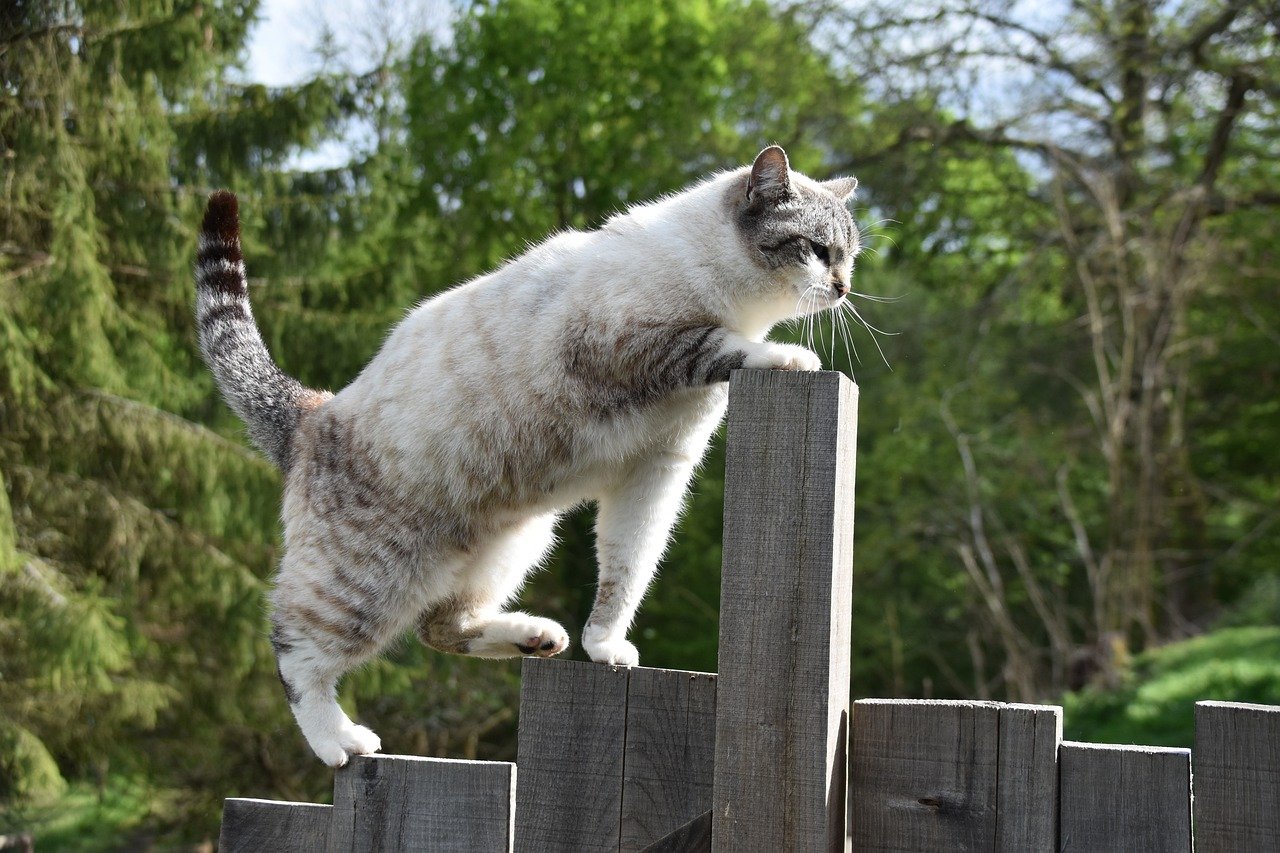
Cats possess a range of unique traits that set them apart from other animals, and these characteristics contribute to their enduring appeal. One of the most notable traits is their agility and grace, which allows them to navigate their environment with ease. Cats can jump up to six times their body length in a single leap, and their flexible spines enable them to twist and turn in mid-air.
Another fascinating trait is a cat’s incredible sense of balance, which is aided by their highly sensitive inner ear. This allows them to walk confidently along narrow ledges and land on their feet when they fall. Additionally, cats have a remarkable sense of hearing, with the ability to detect sounds at frequencies that are inaudible to humans.
The Lifelong Bond Between Cats and Humans

The bond between cats and humans is a special one, and it often begins the moment a person brings a cat into their home. This relationship is built on mutual trust, respect, and understanding, and it can be incredibly rewarding for both parties.
Cats have a unique ability to sense their owner’s emotions and often provide comfort and companionship during difficult times. They have been known to form deep attachments to their human companions, and many cat owners can attest to the joy and fulfillment that comes from sharing their lives with a feline friend.
As you continue to nurture and care for your cat, you will likely find that your bond only grows stronger over time. This enduring connection is one of the many reasons why cats have remained beloved companions for so many people throughout history.
The Health Benefits of Cat Ownership
Owning a cat can have a positive impact on your physical and mental health. Studies have shown that interacting with a cat can reduce stress and anxiety, and the soothing sound of a cat’s purr has been linked to lower blood pressure and a sense of calm.
Cats can also provide a sense of routine and purpose, which can be beneficial for individuals dealing with depression or loneliness. Caring for a cat requires daily tasks, such as feeding and grooming, which can help establish a sense of structure and responsibility.
In addition to these mental health benefits, cat ownership has been associated with a reduced risk of heart attack and stroke. The companionship and love that cats provide can have a profound effect on their owners’ overall well-being.
The Joy of Adopting a Rescue Cat
Adopting a rescue cat can be a life-changing experience for both the cat and its new owner. Many cats in shelters are looking for loving homes, and by adopting a rescue cat, you are giving them a second chance at a happy life.
Rescue cats come in all shapes, sizes, and personalities, and there is likely a perfect match for every potential adopter. By adopting from a shelter, you are also helping to alleviate the overcrowding issue and make room for more animals in need.
The bond between an adopted cat and its owner can be incredibly strong, as rescue cats often show immense gratitude and affection towards those who have given them a new lease on life. The joy and fulfillment that come from providing a loving home to a rescue cat are truly unparalleled.
Caring for Senior Cats
As cats age, their needs and behaviors may change, and it is important for cat owners to be mindful of these changes to ensure their feline companions remain happy and healthy. Senior cats may require more frequent veterinary check-ups to monitor their health and catch any potential issues early on.
Older cats may also experience changes in their dietary needs, and it may be necessary to adjust their food to accommodate these changes. Providing a comfortable and accessible environment is also crucial, as senior cats may have difficulty jumping or climbing.
Despite these changes, senior cats can still lead fulfilling and happy lives, and they often develop stronger bonds with their human companions as they age. Caring for a senior cat can be a rewarding experience, and it is a testament to the enduring love between cats and their owners.
Understanding Cat Nutrition
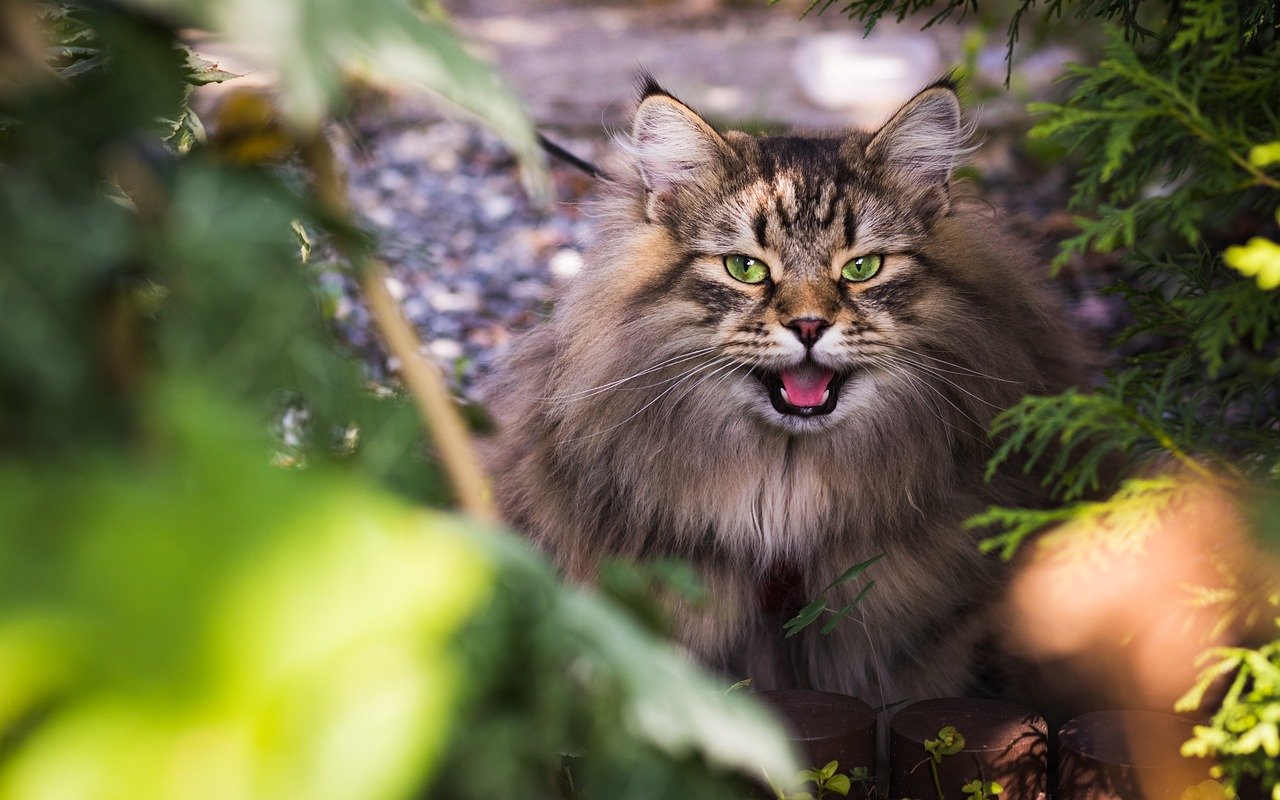
Proper nutrition is essential for maintaining a cat’s health and well-being. Cats are obligate carnivores, meaning they require a diet that is high in animal-based proteins. Providing a balanced and nutritious diet is crucial for supporting their energy levels, muscle development, and overall health.
When selecting cat food, it is important to choose high-quality options that meet your cat’s specific needs. Some cats may have dietary restrictions or allergies that require special attention, and consulting with a veterinarian can help you determine the best diet for your feline friend.
In addition to providing the right food, it is important to ensure that your cat has access to fresh water at all times. Proper hydration is essential for maintaining kidney health and preventing urinary tract issues.
The Role of Cats in Therapy
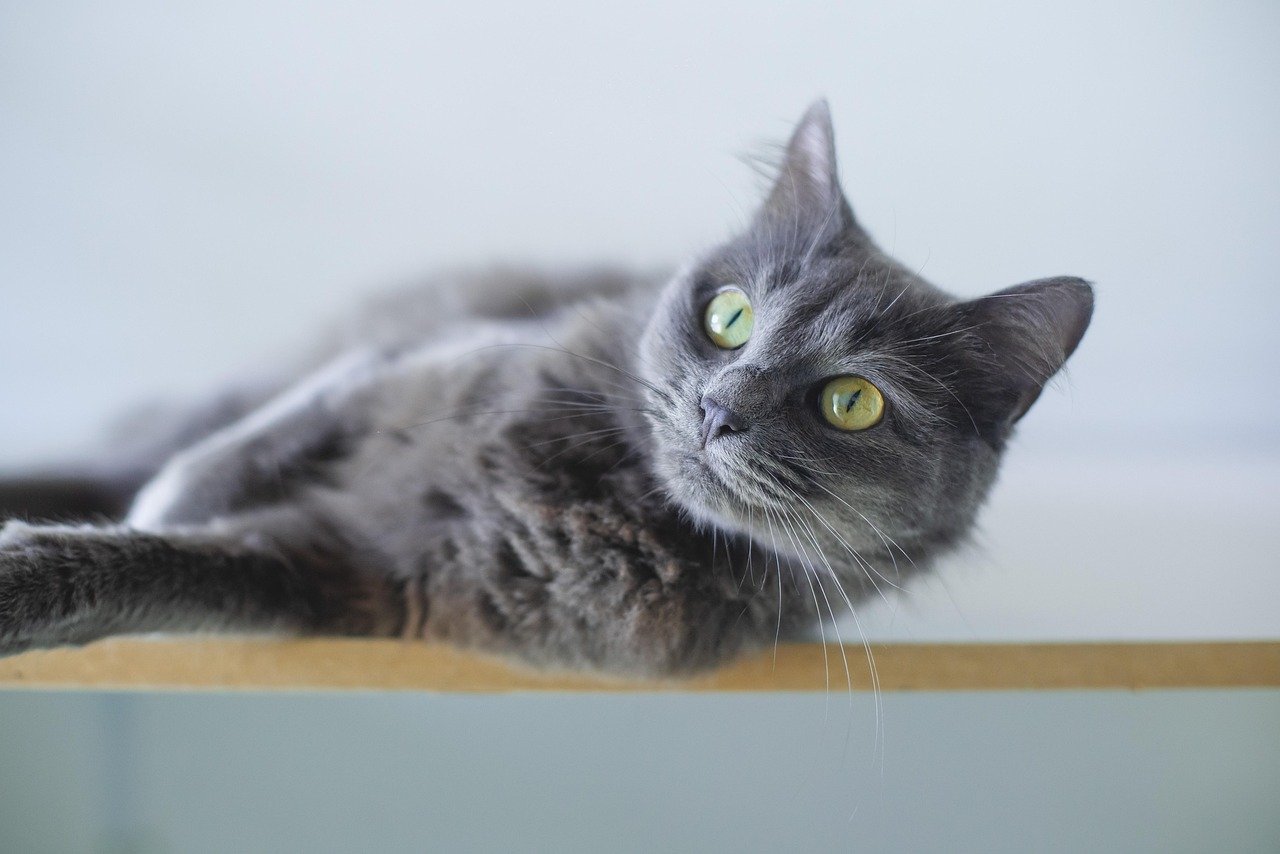
Cats have been used in therapy for many years, and their calming presence can have a profound impact on individuals dealing with mental health issues. Therapy cats are often used in settings such as hospitals, nursing homes, and schools to provide comfort and support to those in need.
The gentle and non-judgmental nature of cats makes them ideal companions for individuals dealing with stress, anxiety, or trauma. Interacting with a therapy cat can help reduce feelings of isolation and provide a sense of companionship and understanding.
The benefits of therapy cats extend beyond mental health, as they can also provide physical comfort and warmth to those in need. The purring of a cat has been shown to have a soothing effect on the nervous system, making them valuable partners in therapy.
The Art of Litter Training
Litter training is an essential part of cat ownership, and it is often one of the first tasks new cat owners must tackle. Fortunately, cats are naturally clean animals, and they typically take to litter training with ease.
To successfully litter train a cat, it is important to provide a clean and accessible litter box in a quiet and private location. The type of litter used can also make a difference, as some cats have preferences for certain textures or scents.
Regularly cleaning the litter box is crucial for maintaining a hygienic environment and preventing any potential issues with litter box aversion. With patience and consistency, most cats will quickly learn to use the litter box reliably.
Encouraging Positive Cat Behavior
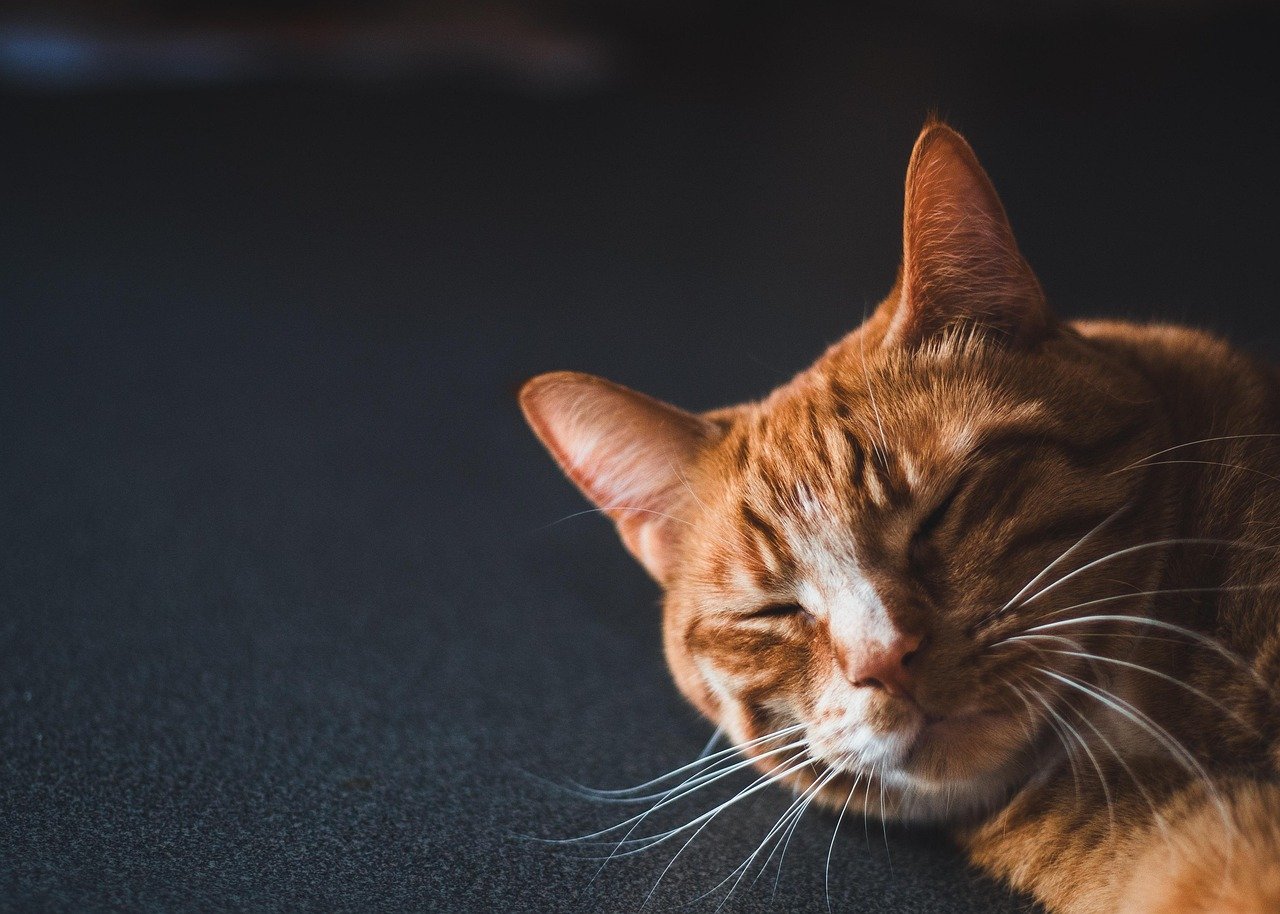
Encouraging positive behavior in cats is an important aspect of cat ownership, and it can help create a harmonious living environment for both you and your feline friend. Positive reinforcement, such as treats or praise, is an effective way to encourage desirable behaviors and strengthen the bond between you and your cat.
Providing a stimulating environment with plenty of toys and activities can help prevent boredom and reduce the likelihood of destructive behaviors. Additionally, setting clear boundaries and providing consistent training can help your cat understand what is expected of them.
It is important to remember that patience and understanding are key when it comes to shaping your cat’s behavior. Cats are independent creatures, and their unique personalities should be respected and appreciated.
Creating a Cat-Friendly Home
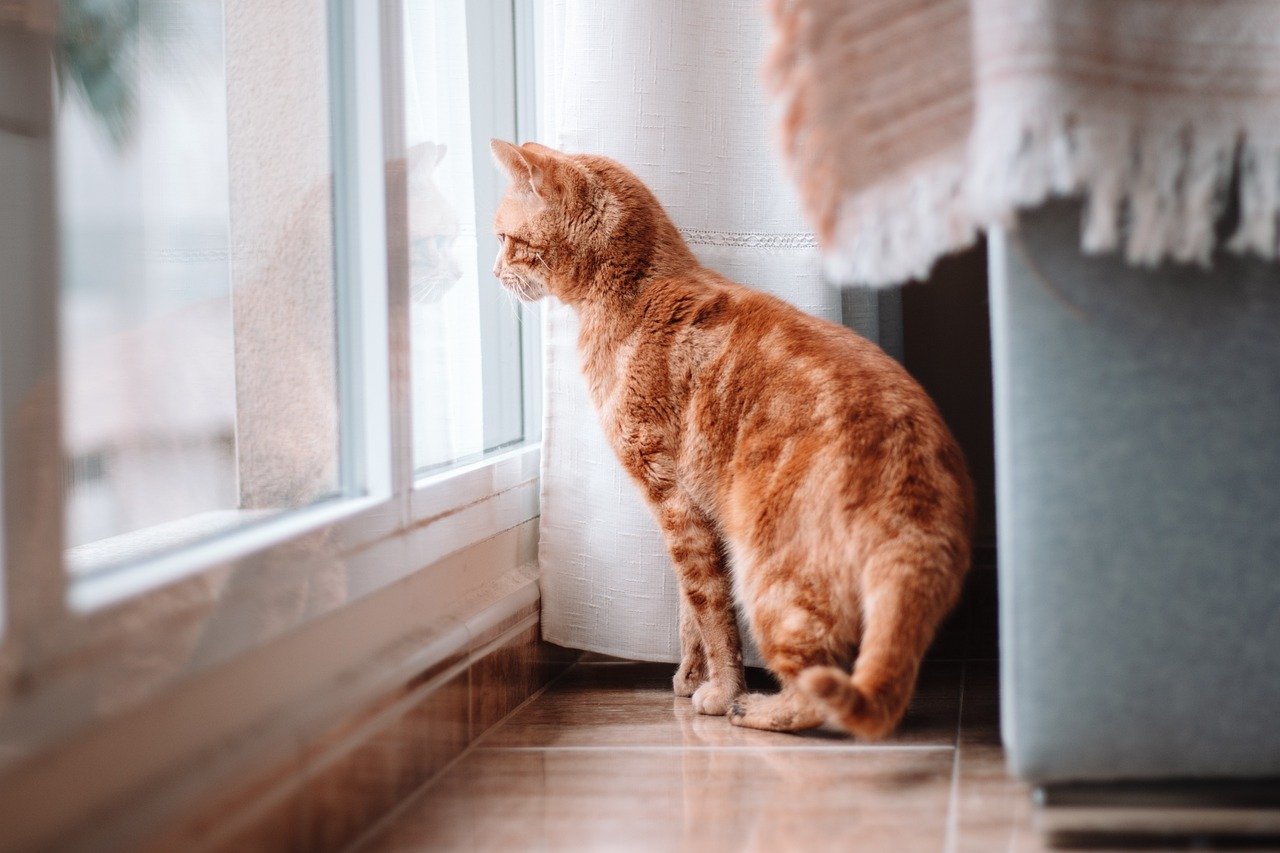
Creating a cat-friendly home is essential for ensuring your feline companion feels comfortable and secure in their environment. Providing plenty of vertical space, such as cat trees or shelves, can give your cat opportunities to climb and explore.
Cats also appreciate cozy hiding spots, where they can retreat and feel safe. Providing comfortable bedding and blankets can help create a sense of security and warmth.
Additionally, ensuring that your home is free of potential hazards, such as toxic plants or small objects that could be swallowed, is crucial for keeping your cat safe. By taking the time to create a cat-friendly environment, you can help your feline friend thrive and enjoy a happy and fulfilling life.
Hi, I’m Bola, a passionate writer and creative strategist with a knack for crafting compelling content that educates, inspires, and connects. Over the years, I’ve honed my skills across various writing fields, including content creation, copywriting, online course development, and video scriptwriting.
When I’m not at my desk, you’ll find me exploring new ideas, reading books, or brainstorming creative ways to solve challenges. I believe that words have the power to transform, and I’m here to help you leverage that power for success.
Thanks for stopping by, Keep coming to this website to checkout new articles form me. You’d always love it!





